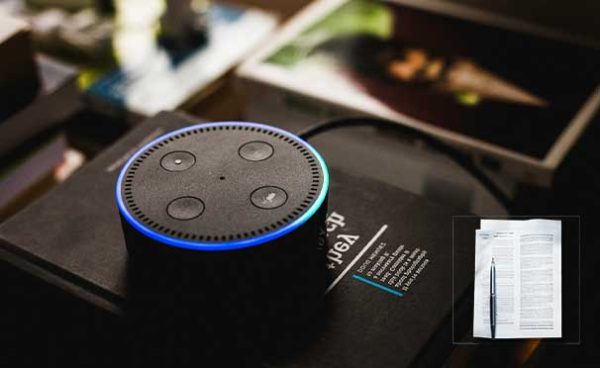Treading the Thin Line: Employee Theft, Innovation, and Integrity
No Fee – $9.99
| Case ID: | OBH-HOX-20230801-1-V1 |
|---|---|
| License: | CC BY-NC-SA 4.0 |
| Pages | 6 pgs |
| Case Study Analysis | Not Included |
| Teaching Notes | Available |
| Ai Level | Content co-authored with the OpenAI API |
| Category(s) | Ethics – Rating: 9/10 |
In the case study titled “Treading the Thin Line: Employee Theft, Innovation, and Integrity at Hoxton Technologies,” we delve into the complex situation faced by a thriving tech company when one of its key innovators, James Duncan, is implicated in intellectual property theft. As a Senior Engineer and chief innovator behind the company’s profitable product lines, Duncan’s actions pose a significant dilemma for Hoxton Technologies. The case raises crucial questions about organizational behavior, leadership decisions, and the delicate balance between fostering innovation and upholding integrity. It challenges readers to reflect on the broader implications of these issues in contemporary business practices, encouraging thoughtful discussions on ethical leadership, corporate culture, and the integration of innovation and integrity in the corporate world.
The top 5 course categories and their respective ratings:
- Ethics - Rating: 9/10 The case revolves around ethical dilemmas related to employee theft and integrity in the corporate setting. It offers a compelling scenario for in-depth discussions on ethical decision-making, corporate values, and the impact of unethical behavior on organizational culture.
- Organizational Behavior - Rating: 8/10 The case provides rich insights into organizational behavior by exploring the consequences of employee actions on team dynamics, leadership decision-making, and employee morale. It encourages critical analysis of how individual behavior can significantly impact the overall organization.
- Leadership - Rating: 9/10 The case study presents a complex leadership challenge where company leaders must make critical decisions regarding the future of a key innovator. It prompts discussions on leadership styles, the role of leaders in fostering a culture of innovation and integrity, and the importance of addressing ethical misconduct.
- General Management - Rating: 7/10 The case touches on general management aspects, such as handling crises, making strategic decisions, and managing the company's reputation. However, it could benefit from more detailed information on the company's overall management approach and strategies.
- Human Resource Management - Rating: 8/10 The case involves HR-related concerns, including employee misconduct, disciplinary actions, and the impact on employee morale and culture. It opens avenues for discussions on HR policies, employee engagement, and talent management.
Weaknesses of this case structure:
- Data Analysis: The case lacks detailed quantitative data analysis to support the financial impact and potential losses presented in Exhibit 4. More robust financial data and analysis would enhance the credibility and realism of the case.
- Scenario Complexity: While the case presents a compelling scenario, it could benefit from further complexity to challenge students' critical thinking and problem-solving abilities. Additional layers of ambiguity or conflicting information would create a more realistic and challenging decision-making process.
- Length: The case study may be relatively short for a comprehensive analysis, especially considering the complexities involved. Expanding the length would allow for more in-depth exploration of various aspects, leading to richer discussions and learning opportunities.
Strengths of this case structure:
- Realistic Scenario: The case study's premise is plausible, reflecting real-world challenges that businesses often face in balancing innovation and integrity. It engages students in discussions and analyses that closely align with actual corporate dilemmas.
- Ethics Focus: The case excels in addressing ethical considerations, making it a valuable tool to stimulate thoughtful debates and reflections on ethical decision-making in the corporate world.
- Relevance to Multiple Course Categories: The case touches upon various course categories, providing versatility in its application to different business courses. It seamlessly integrates ethics, organizational behavior, leadership, and human resource management, fostering holistic learning experiences.





